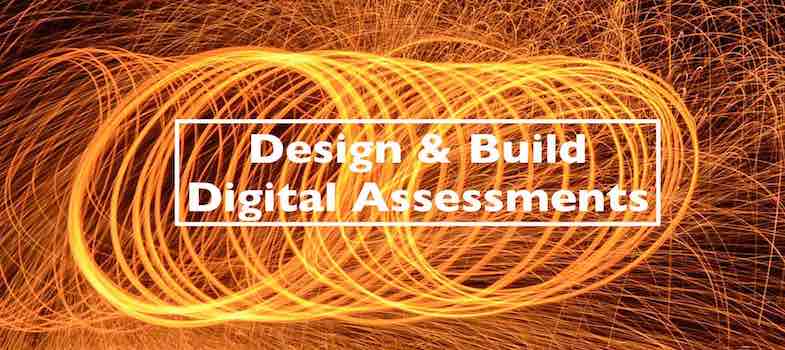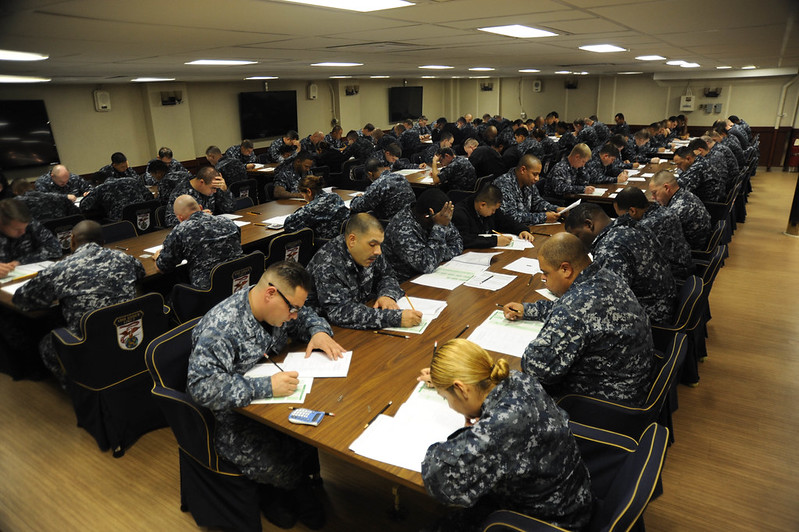1. Getting Started: Readings
9. The virtues of paper - a sideways look
Before we leave the ‘paper economy’ of education behind in our exploration of e-assessment, it is well worth reflecting on why paper is still so prevalent in our education systems. So, this section presents a little ‘devil’s advocate’ exercise to, hopefully, provoke some critical thinking on your part and encourage a healthy degree of scepticism
We do not anticipate the complete disappearance of paper – we think there will be a ‘mixed economy’ of paper and digital into the foreseeable future in our colleges and elsewhere. And this is a good point to remind ourselves of ‘the virtues of paper’ and why it persists. There are 3 main reasons that we can see:
Current systems (the complete cycle) are built around paper
It’s very simple to use
It’s very resilient
Together, these make a powerful combination for the status-quo, paper has none of the systemic dependencies that we have identified for e-assessment. Paper and pen have few technical problems – you don’t have to worry about having the right version installed or what type of web browser works best. Neither do you have to worry about what data format to use to move information between the different administration and management information systems. You need very little infrastructure; just rooms, desks, chairs and adequate light. So, no worries about having the numbers of computers / the right type of software / the right web browsers / sufficient staff and student skills / adequate internet access / skilled support staff on hand etc. etc.
It’s not just education where paper retains a stronghold, some of the most technologically sophisticated organisations in the world still make extensive use of paper:
From Flickr the US Pacific Fleet (License BY-NC 2.0)
Caption: SAN DIEGO (Jan. 15, 2014) First Class Petty officers take the E7 advancement examination in the wardroom of Wasp-class amphibious assault ship USS Essex (LHD 2). The exam, which tests rating and basic military knowledge, will be taken by approximately 17,000 E6's throughout the fleet this cycle. (U.S. Navy photo by Mass Communication Specialist 2nd Class Christopher B. Janik/Released)

